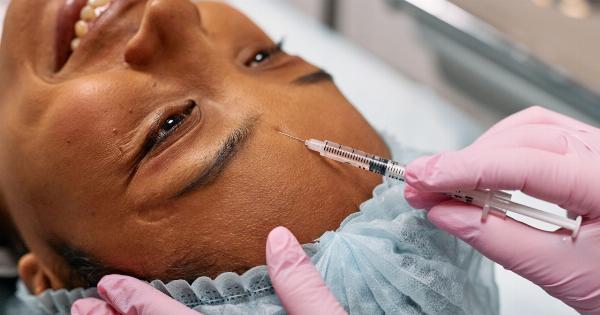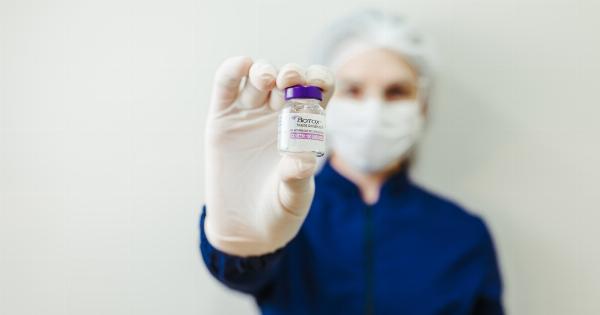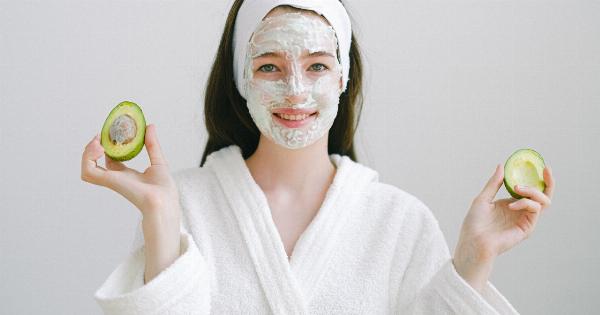When it comes to combating the signs of aging, Botox and hyaluronic acid are two of the most popular and effective options available. Both treatments offer impressive results, but they work in different ways and target different concerns.
In this article, we will explore the benefits and uses of Botox and hyaluronic acid, and why this combination is often referred to as the dynamic duo of anti-aging treatments.
What is Botox?
Botox, short for botulinum toxin, is a neurotoxic protein derived from the bacterium Clostridium botulinum. It is commonly used for cosmetic purposes to reduce the appearance of wrinkles, fine lines, and other signs of aging.
Botox works by temporarily paralyzing the facial muscles that cause repetitive movements and contribute to the formation of wrinkles.
How Does Botox Work?
When Botox is injected into specific areas of the face, it blocks the signals between nerves and muscles, temporarily relaxing the targeted muscles.
This relaxation smooths out wrinkles and fine lines, giving the face a more youthful and refreshed appearance. Botox is most commonly used on the forehead, around the eyes (crow’s feet), and between the eyebrows (glabellar lines or “11” lines).
Benefits of Botox
Botox offers numerous benefits beyond its ability to reduce wrinkles. Some of the key advantages of Botox treatments include:.
- Quick and relatively painless procedure: Botox injections are typically quick and virtually painless, making them a convenient choice for many.
- No downtime: Unlike more invasive procedures, Botox requires no downtime. Patients can resume their normal activities immediately after treatment.
- Visible results: Botox injections produce visible results within a few days, with full effects typically seen within two weeks. The results can last for three to four months, depending on the individual.
- Minimal side effects: Botox is considered safe when administered by a qualified professional. Common side effects are generally mild and temporary, such as slight bruising or swelling at the injection site.
- Customizable treatment: Botox allows for precise targeting of specific areas, allowing for a customized treatment plan tailored to each patient’s unique needs.
What is Hyaluronic Acid?
Hyaluronic acid is a naturally occurring substance found in the human body. It is renowned for its ability to retain moisture, keeping the skin plump, hydrated, and youthful-looking.
As we age, the body’s natural production of hyaluronic acid decreases, leading to the appearance of wrinkles and sagging skin.
How Does Hyaluronic Acid Work?
Hyaluronic acid-based dermal fillers are commonly used to restore lost volume, soften wrinkles, and enhance facial contours. When injected into the skin, hyaluronic acid binds with water molecules, replenishing moisture and creating a volumizing effect.
As a result, the treated areas appear smoother, plumper, and more refreshed.
Benefits of Hyaluronic Acid
Hyaluronic acid treatments offer several benefits, making them a popular choice for individuals seeking to address signs of aging. Some key benefits of hyaluronic acid include:.
- Improved skin hydration: Hyaluronic acid has the remarkable ability to attract and retain moisture, improving skin hydration and overall skin health.
- Reduced appearance of wrinkles and fine lines: By replenishing lost volume, hyaluronic acid fillers can significantly reduce the appearance of wrinkles and fine lines, leading to a more youthful-looking complexion.
- Non-permanent results: Hyaluronic acid fillers are non-permanent and gradually metabolize over time. This allows patients to make adjustments or opt for different treatments as their aesthetic goals evolve.
- Enhanced facial contours: Hyaluronic acid fillers can be used to enhance and restore facial contours, improving the overall balance and harmony of the face.
- Minimal downtime: Like Botox, hyaluronic acid treatments require little to no downtime. Patients can typically resume their daily activities immediately after the procedure.
The Dynamic Duo: Botox and Hyaluronic Acid Combination
While Botox and hyaluronic acid treatments can work wonders individually, combining the two can provide even more transformative results.
Botox primarily targets dynamic wrinkles caused by repetitive facial muscle movements, while hyaluronic acid fillers tackle static wrinkles and loss of volume. Together, they offer a comprehensive approach to reversing the signs of aging.
By using Botox to relax the underlying muscles that create wrinkles and pairing it with hyaluronic acid fillers to replenish lost volume, individuals can achieve a more youthful and refreshed appearance.
This combination approach can effectively target multiple concerns, including forehead lines, crow’s feet, smile lines, and sagging cheeks.
Choosing the Right Provider
When considering Botox and hyaluronic acid treatments, it is vital to select a qualified and experienced provider.
Choosing a reputable medical professional ensures that the treatments are performed safely and effectively, minimizing the risk of complications and maximizing results.
Your provider will conduct a thorough assessment, discussing your aesthetic goals and creating a personalized treatment plan tailored to your specific needs.
They will determine the ideal combination of Botox and hyaluronic acid treatments, the areas to be treated, and the appropriate dosages for optimal results.
Conclusion
Botox and hyaluronic acid are undoubtedly a dynamic duo when it comes to anti-aging treatments.
By combining these two powerful tools, individuals can effectively target wrinkles, lines, and volume loss, achieving a more youthful and rejuvenated appearance. However, it is crucial to consult with a qualified professional to ensure safe and effective treatment.































